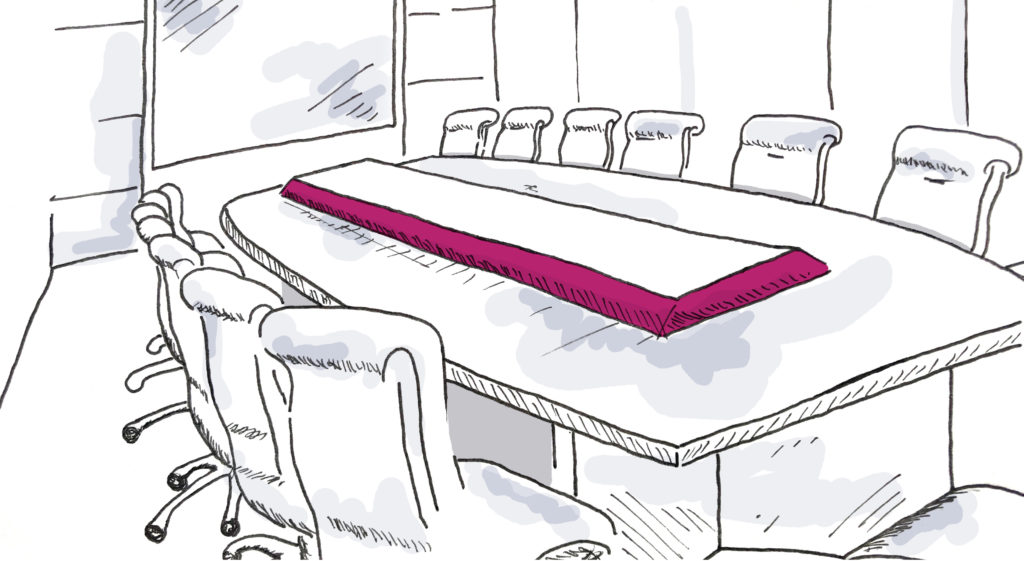

Choosing an event layout can be challenging because it’s such a key part of ensuring your event achieves its objectives. The good news is we’ve narrowed down some the best and most popular meeting room layouts to help you get started. Set the mood and keep things organized with any one of these meeting room diagrams. For each example below, you’ll find advice on how to use it and what it’s best for, and how to create it.
But before we dive into the most successful meeting room layouts, let’s first go over some of the basic information you’ll need during your decision making process.
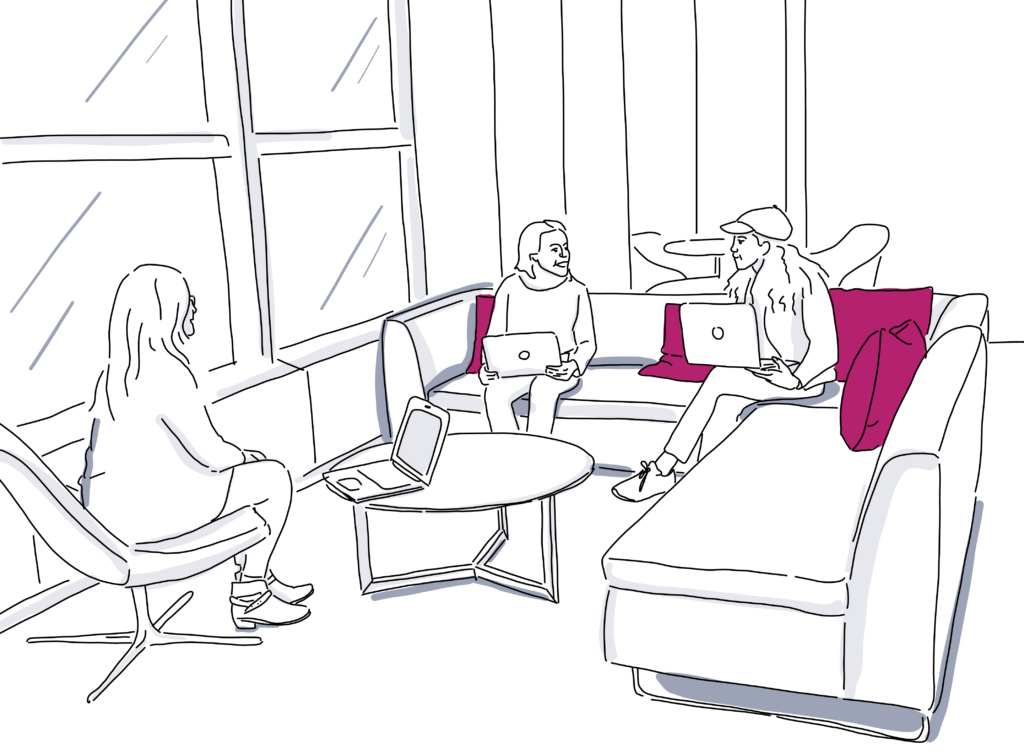
Here’s what you need to think about before you plan your event layout:
Get Started Free
Regardless of which event layout idea you choose from our options, keep these interesting variations in mind as you go. These simple tips can be applied to almost any layout you choose. Just because your arrangement options are limited it doesn’t mean your creativity has to be too.
Now that you’ve got those creative event planning gears turning, it’s time to find out which layout is best for your next big event.

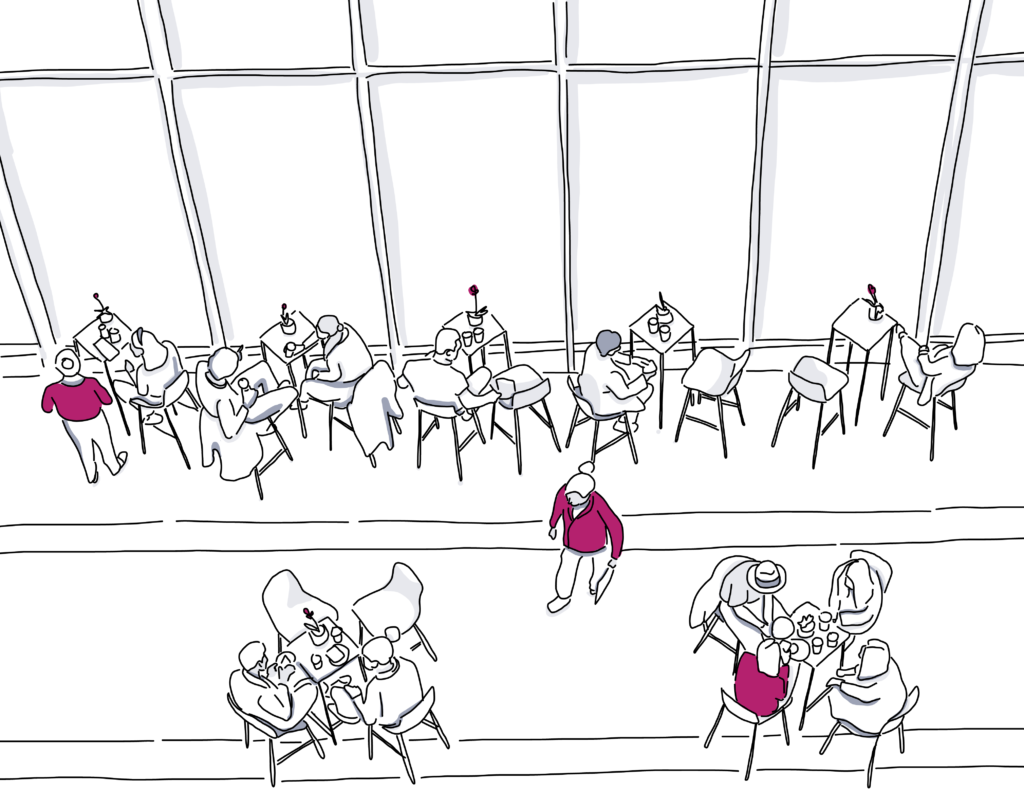
This type of gathering hosts more than two but less than ten participants. One of the biggest concerns organizers have with this kind of event is making sure everyone has an equal say. To help keep conversation flowing equally, choose a round table environment where everyone can be physically equal.
Slightly larger groups (between 10 and 15 participants) require a point person to keep things on track. For this layout you’ll need to designate a section that acts as the visual focal point of the room. That’s where you’ll seat your meeting facilitator whose job it is to make sure the agenda is completed in a timely manner.
Interested in starting with a group discussion and then breaking out into smaller sub-groups? The hybrid layout is the best of both the decision maker and the problem solver. To begin, arrange your floor plan like the problem solver. You can include a separate area for smaller, round table discussions after the main lecture is over.
If your event is centered around a larger group of people and something educational, you might have an informational layout on your hands. Diagram your space like a lecture with a group facing a stage. Seat panelists, guest lecturers, or presenters on the stage itself.
Hosting a social event? Keep the middle of your floor plan open but leave buffet tables and chairs around the perimeter. Guests will have the option to sit, but with a layout like this they’ll be more than tempted to mingle.
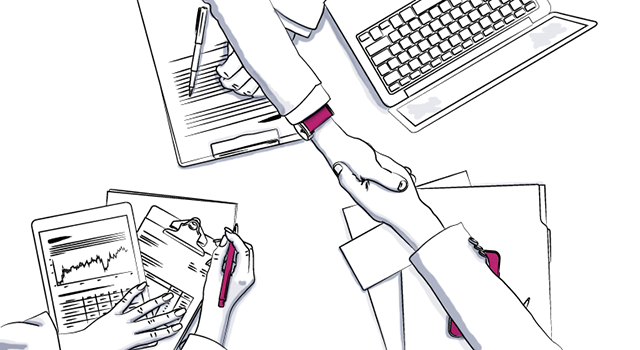
A favorite for corporate events or very large groups, theater layouts put the attention on the group (usually arranged in neat, evenly spaced rows) on to the front of the space. With or without a stage, this layout is great for presentations, lectures, and product demonstrations.
Planning a seated meal? A banquet layout might be just what you need. How many people you arrange at each table depends on the table measurements. Remember to leave plenty of elbow room!
The imperial layout is basically the broken horseshoe but with chair places on the inside and the outside of the shape, with head table still facing the rest of the group. Also great for meals, the Imperial makes cafeteria style dining more interesting.
Even if your event isn’t a fashion show, the runway layout is a dynamic arrangement ideal for performances of any kind. With or without tables, your audience will be included in the action without having to directly participate.
Small rows of tables or chair arranged end-to-end facing a single direction might seem old school (pardon the pun) but this layout could be just what you need for your next big event. Make sure you give your attendees some kind of surface to write on if they plan to take notes. Staggered seating helps keep sightlines clear for those in the back.
A hybrid of the classroom and theater layouts, the tiered classroom arrangement makes for a more focused experience than perhaps either of its counterparts. Moving the tables and/or chairs to face slightly more towards the center where the speaker or presenter is makes is easier for them to observe and interact with the group.
The last in our school-inspired layouts, the triangle classroom keeps tables and chairs to a few seats but this time there’s a big walkway running down the middle towards the presenter. Some planners choose to arrange couches in this formation as it feels more college than kindergarten in nature. While attendees can participate they’re more likely to kick back in this layout.
The crescent or half-moon layout is reminiscent of the banquet layout but with half the chairs missing at each table and on a much smaller scale. Great for meals, presentations, and break out sessions without guests ever having to get out of their seats.
As the name implies, lounge layouts prioritize relaxation over productivity. Usually comprised of low level seating, a lounge layout leaves enough room for couches, chairs, and standing areas alike. Use this layout for informal networking sessions or VIP sections that help guests catch a break from the main hustle and bustle.
While this can be casual like the lounge layout, a mixed seating layout has more to do with chairs and height than anything else. Use chairs at different levels throughout the space to designate chillout spots. Artistic and eye-catching furniture or quirky decor make this layout both fun and functional.
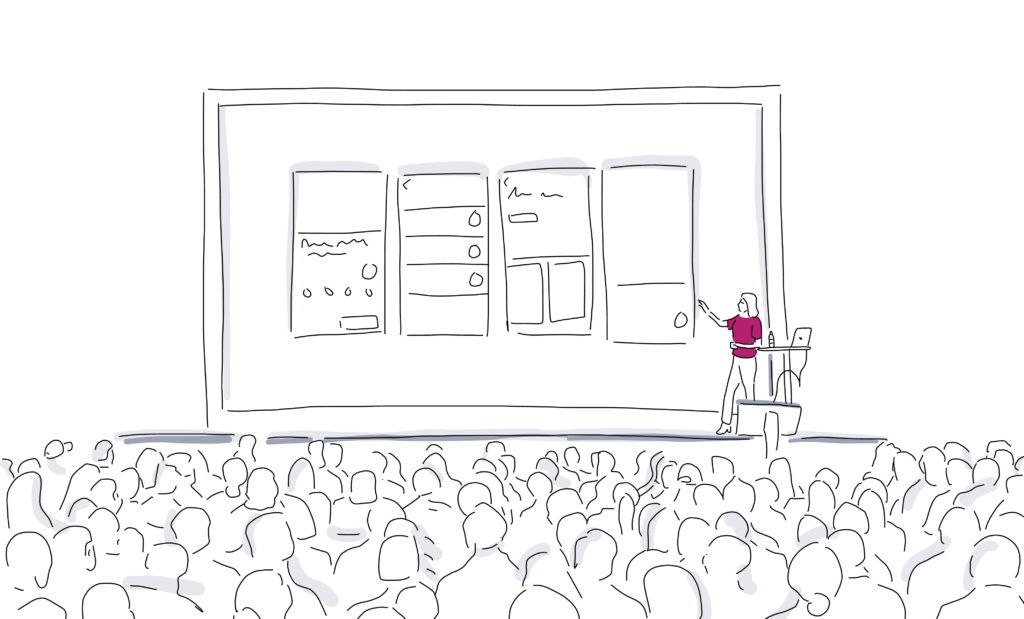
One way to streamline your event planning and save a ton of time is to use event layout software. With tools such as Social Tables you can create your layout and view it in 3D. When you create an event diagram, it’s such a helpful tool for simplifying event detailing for your team, customers, AV, and vendors. Plus, it makes it easy to keep track of all that furniture
One advantage of using Social Tables is that you can plan your event layout online with your clients. You can give them access to see the layout on their computer while you make edits to it on yours. That also makes is super simple to handle any last minute changes, say if another guest rsvps.
Our diagramming software also lets you swap your existing layout into a different floor plan effortlessly. Take a look at the image below to see the new feature in action.
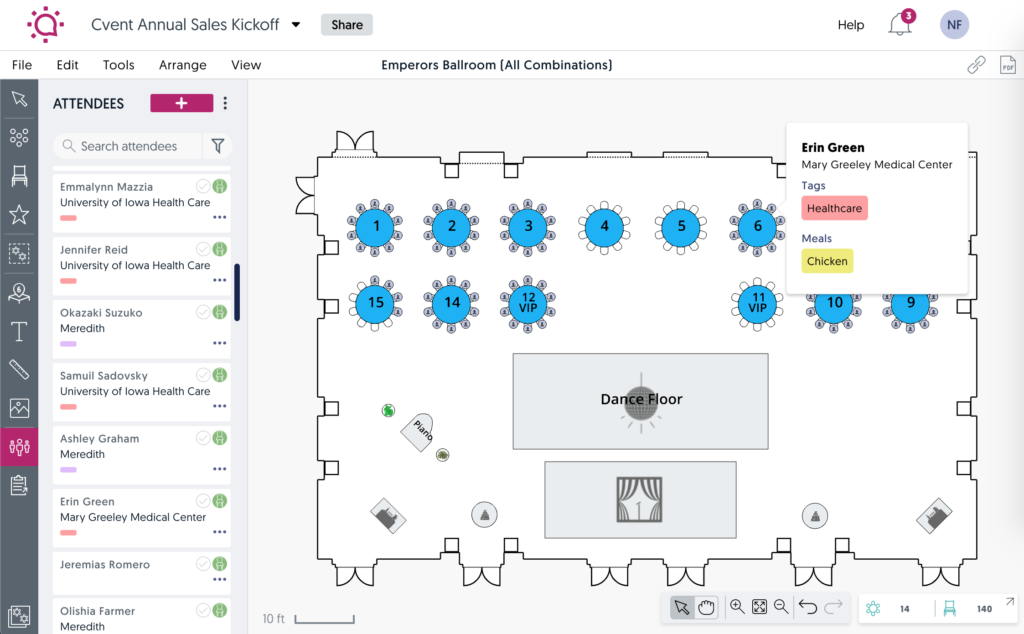
Simply access this new Swap Floor Plan option from either the File menu or by right-clicking the desired floor plan from the left panel. You know better than anyone”last minute changes happen. Now, that doesn’t have to mean hours and hours of lost work.
Now that you know the types of event layouts, how to best use them, and how to bring them to life, you’re ready to move to the next stage in planning your event!
Events are all about helping people build relationships and have a good time. As long as you keep this in mind, you’ll always make the right decision when it comes to your event layout.
Meeting rooms should be set up according to their primary purpose, but some common rules you can apply are:
– A way to present
– A whiteboard
– Sufficient table and chair space for attendees
There are truly countless options when it comes to styles for setting up meeting rooms. Board room table, tiered classroom, broken horseshoe, X-shaped, and Imperial are just a few.